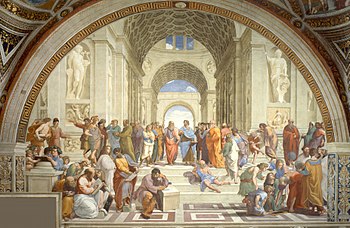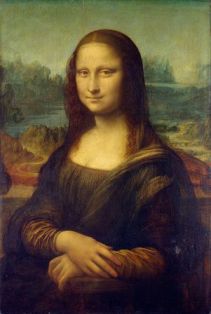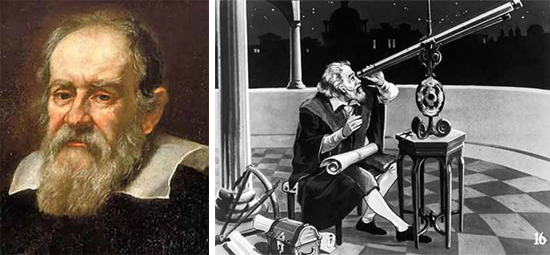RENAISSANCE : AT THE EARLIEST
The period in Europe from the 14th to 17th c.e is considered to be a bridge between the middle ages and the modern history. It marks the very beginning of what came to be known as the Early Modern Age.
History of Europe can be briefly divided into three ages :
- Classical Age ; ancient Europe
- Middle Ages ; medieval period
- Modern Age
“Renaissance” literally means ‘Rebirth’ in French and appeared first in English in the 1830s.
The origin of this period dates back in the late 13th c.e Florence whereas some propose the starting point to be 1401. During this period, money and art went hand in hand. Artists were totally dependant on patrons and vice versa. It represented a break away from a conformist society i.e. the one in which people strictly follow practices and rules. Having said that, new innovative ideas began to spread and started gaining importance. Henceforth, dominance by the catholic church started to fade.
 |
| Fig: This painting shows an imaginary scene from Ancient Greece with many famous Greek artists, mathematicians and writers. |
Renaissance was a cultural movement whose influence was felt in art, music, science, literature and other aspects related to intellectual inquiry. Talking about the changes brought in by the Renaissance - new trends and styles emerged which were inspired by Europe’s ancient history.
Talking about art ; it was life-like and had perspective. Painters began to depict human figures with complete accuracy and one great example to prove this new knowledge can be attributed to the pioneer figure- Leonardo da Vinci.
 |
| Fig: The Mona Lisa- world's most famous painting was painted during this time. |
| Fig: Leonardo da Vinci's Vitruvian man |
Great literacy change was experienced too. Shifting and drifting away from religious subjects, writers and poets now looked back to the Ancient texts and poems of Greece and Rome. Information was suddenly made more accessible with the invention of printing press in the 1440s to the general public- which had a great impact in the field of education.
Philosophy and its related trends also changed. Humanism- the new of thinking in which people thought about human beings and the universe was also altered. It did not promote humans as naturally sinful and it focused many on finding reasons before assumptions.
Major changes were seen in the fields of Science and engineering too. Astronomy, anatomy and physics were some main areas where new and exciting discoveries were made. They paved way for some of the the world’s most significant inventions such as spectacles,clocks, and telescopes. Galilio Galilei was one such inventor.
 |
| Fig: Galileo Galilei and his invention : The telescope |
The society- Renaissance was a hierarchal age i.e. the child’s social position was determined by his parents place in the society. They maybe nobles, wealthy merchants, shopkeepers, craftsperson, civil servants etc. They provided social services for the less fortunate as well - be it civic charitable institutions, social mobility etc.
No comments:
Post a Comment